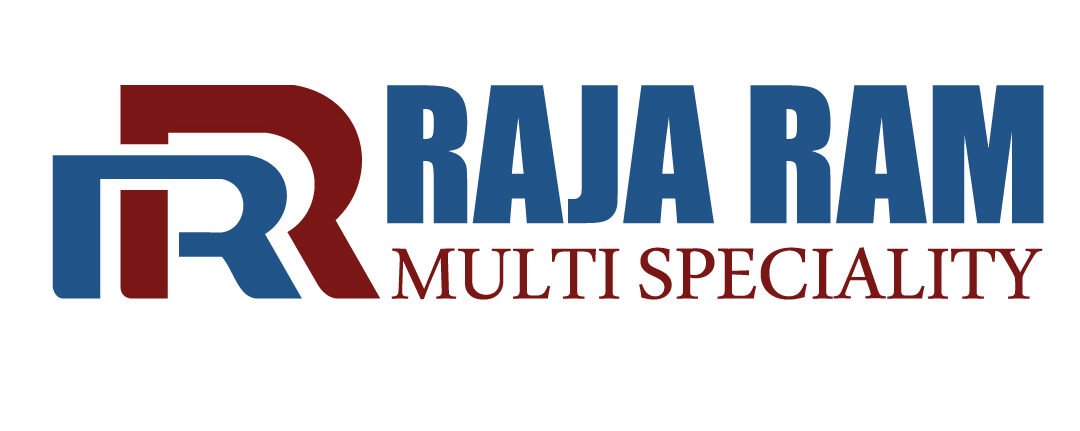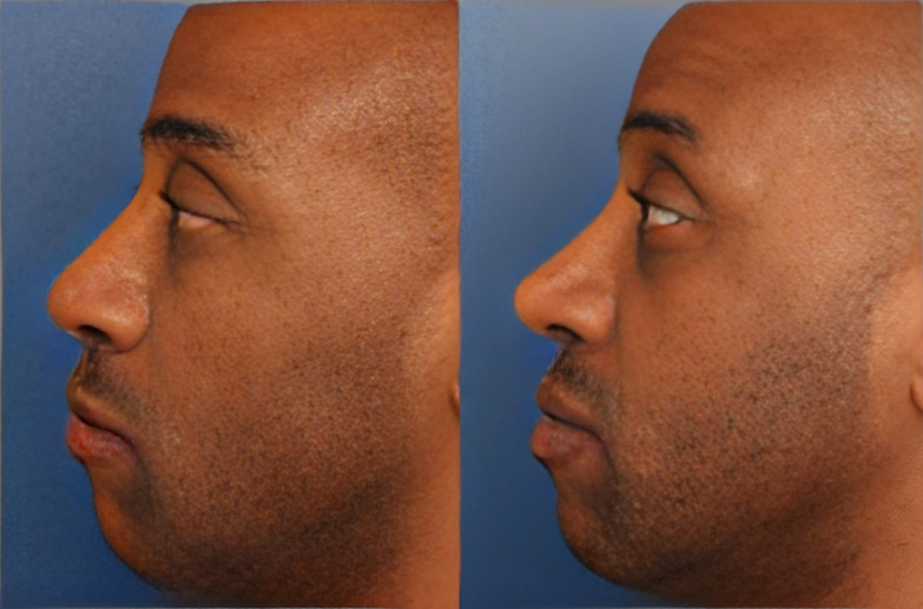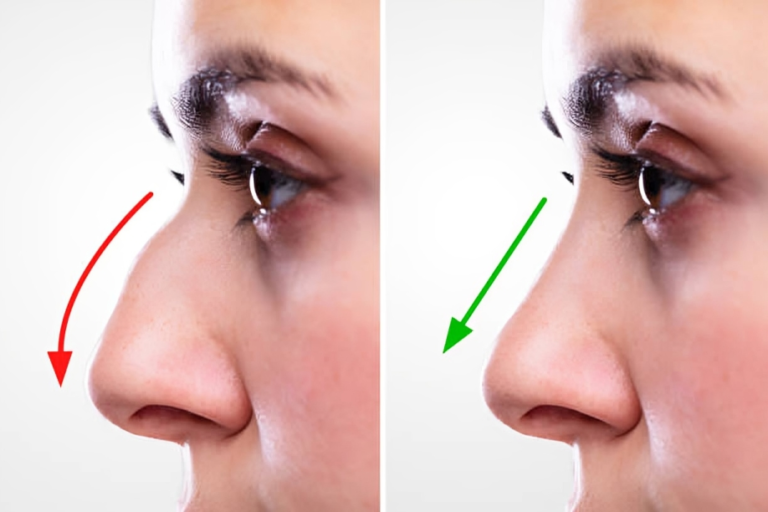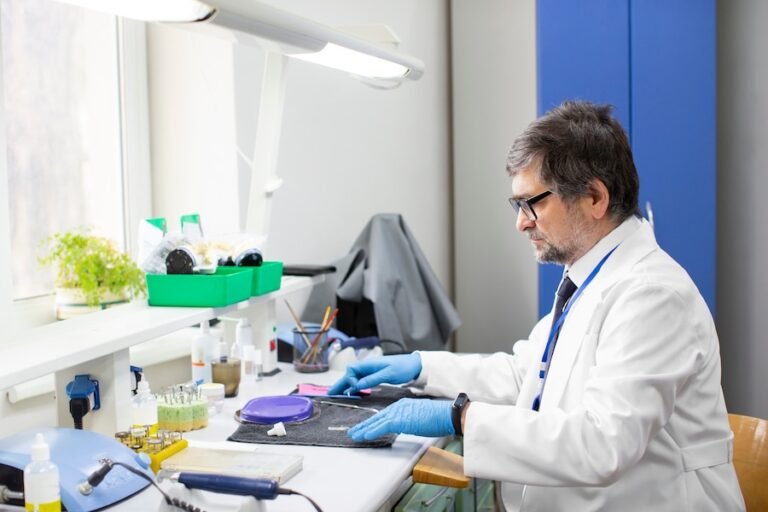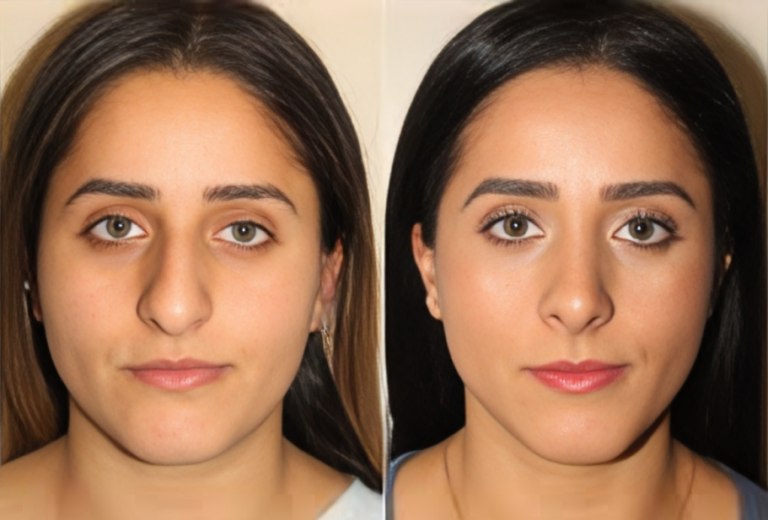Reshaping Beauty The Art and Science of Rhinoplasty.
Rhinoplasty, commonly known as a nose job, represents the delicate fusion of artistry and surgical precision. This cosmetic procedure has been evolving for centuries, catering to individuals seeking to enhance both the aesthetic and functional aspects of their noses. In this article, we explore the intricacies of rhinoplasty, examining its history, common motivations, the surgical process, and the transformative impact it can have on an individual’s appearance and self-confidence.
To know more about it please click here
A Brief History of Rhinoplasty
- Ancient Beginnings
- The roots of rhinoplasty can be traced back to ancient civilizations. The practice of nasal reconstruction was documented in Indian medical texts, where surgeons utilized forehead skin flaps to reconstruct noses.
- Advancements in the Renaissance
- During the Renaissance, European surgeons further refined techniques for nasal reconstruction. The advent of anesthesia and sterile surgical practices in the 19th century marked significant milestones in the development of rhinoplasty as a surgical art.
Motivations for Rhinoplasty
- Cosmetic Enhancement
- Aesthetic considerations are a primary motivation for rhinoplasty. Individuals seek to reshape and refine the appearance of their noses to achieve harmony and balance with other facial features.
- Functional Improvements
- Beyond aesthetics, rhinoplasty is often performed to address functional issues such as breathing difficulties, nasal deformities, or injuries that may impact daily life.
The Surgical Process
- Consultation and Planning
- The journey begins with a thorough consultation between the patient and the surgeon. During this phase, expectations are discussed, and the surgeon evaluates the patient’s anatomy and medical history.
- Surgical Techniques
- Rhinoplasty involves various surgical techniques, including open and closed approaches. The choice depends on the complexity of the procedure and the desired outcomes. Surgeons may reshape the nasal bones, and cartilage, or use tissue grafts to achieve the desired result.
- Recovery Period
- Post-surgery, patients enter a recovery period during which they may experience swelling, bruising, and discomfort. It is crucial to follow post-operative care instructions to optimize healing and achieve the best results.
Transformative Impact on Self-Confidence
- Enhanced Facial Harmony
- Rhinoplasty can bring about a harmonious balance to facial features, boosting overall aesthetic appeal and symmetry.
- Improved Breathing and Functionality
- For individuals with functional concerns, rhinoplasty can lead to improved airflow and alleviate issues such as nasal congestion or difficulty breathing.
- Psychological Well-being
- The transformative impact of rhinoplasty extends beyond physical changes. Many individuals experience a significant boost in self-confidence and a positive impact on their mental and emotional well-being.
Considerations and Controversies
- Realistic Expectations
- It’s essential for individuals considering rhinoplasty to have realistic expectations. Open communication with the surgeon during the consultation helps establish achievable goals.
- Ethical Considerations
- As with any cosmetic procedure, ethical considerations surround rhinoplasty. Surgeons adhere to ethical guidelines to ensure patient safety, informed consent, and responsible practices.
To know more about it please click here
Conclusion
Rhinoplasty stands at the intersection of art and science, offering individuals the opportunity to sculpt not just their noses but their self-confidence and overall well-being. As advancements in surgical techniques continue to unfold, rhinoplasty remains a dynamic field, catering to the diverse motivations and aspirations of those seeking both aesthetic refinement and functional improvement. Ultimately, the transformative journey of rhinoplasty is a testament to the power of plastic surgery to empower individuals and reshape not just physical appearances, but the way they perceive themselves.
